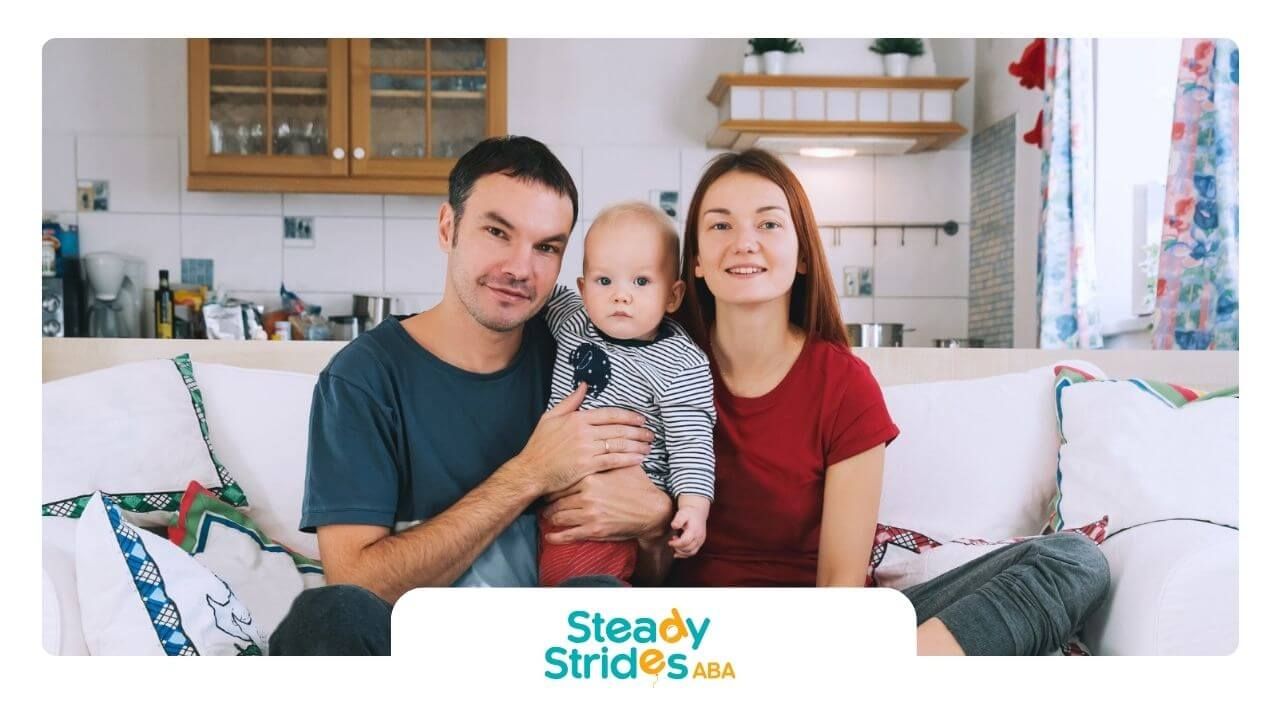Navigating the world can be challenging for an autistic child, especially when it comes to street safety. As parents and community members, it's crucial to implement measures that enhance their well-being. One such measure is the installation of autistic child street signs, which serve as visual reminders for motorists to exercise caution and be mindful of the unique needs of these children.
Understanding the Importance of Street Signs for Autistic Children
Safety signs play a vital role in guiding our actions and promoting a secure environment. For children with autism spectrum disorder (ASD), these signs hold even greater significance. Autistic children often face challenges in processing sensory information and may engage in behaviors that increase risks on roadways.
Visual reminders, such as street signs specifically designed for autistic child areas, can significantly enhance their safety. These signs serve as clear and concise communication tools, alerting drivers to the presence of autistic children and encouraging them to be extra cautious.
The Role of Street Signs in Enhancing Safety
Traffic signs are fundamental to maintaining order and safety on roads. They provide essential information to motorists, guiding their decisions and preventing accidents. In the case of autistic children, specific street signs can play a vital role in minimizing risks and creating a safer environment.
These signs often feature a distinctive design that captures attention, incorporating symbols such as puzzle pieces, which are widely recognized as representing autism awareness. The bright colors and clear messaging on these signs help motorists identify areas where extra vigilance is required.
By prompting motorists to reduce speed, be more observant, and anticipate unexpected behaviors, autistic child street signs contribute significantly to preventing accidents and ensuring the safety of these vulnerable individuals.
How These Signs Support Autistic Children's Needs
Autism signs in designated areas go beyond simply alerting drivers; they serve as a form of support for autistic children's unique needs. Children with autism may exhibit behaviors such as wandering, impulsivity, or sensory sensitivities that could pose risks when they are near roads.
By establishing an "autistic child area" through clear signage, communities can foster a greater understanding and acceptance of these behaviors. This awareness encourages motorists to exercise additional caution, anticipating that children in these areas may require more time to process information or react to their surroundings.
Moreover, the presence of these signs can provide a sense of security and comfort to autistic children and their families. Knowing that their community recognizes and supports their needs can alleviate anxiety and empower them to navigate their surroundings with greater confidence.
Steps to Request an Autistic Child Street Sign in Your Area
Requesting an autistic child street sign is a proactive step towards enhancing safety in your community. While the procedure may vary depending on your location, the general process involves identifying the relevant authorities and submitting a formal request.
Begin by gathering information about your local regulations and requirements. Check if your area has specific guidelines or forms related to installing autism safety signs.
Identifying the Right Authorities to Contact
To initiate the process of obtaining an autistic child street sign, it is essential to identify the relevant authorities in your area responsible for road signs. These authorities may vary depending on whether you live in a city, county, or township.
Here are some key contacts to consider:
- Department of Transportation (DOT): The DOT is typically responsible for traffic signs and regulations on state and federal highways. Check if they handle requests for specific signs in residential areas as well.
- Local Government: Contact your city council, county commissioner, or town manager's office. They can guide you to the appropriate department handling road signs within your jurisdiction.
- Homeowners' Association (HOA): If your neighborhood has an HOA, inquire about their process for requesting street signs. They may have specific guidelines or restrictions in place.
Preparing Necessary Documentation for Your Request
When submitting a request for an autistic child street sign, supporting documentation can strengthen your case. Providing relevant information helps authorities understand the necessity for such signs and expedites the approval process.
While specific requirements may vary, consider including the following documentation:
| Document Type | Description |
|---|---|
| Formal Letter/Request | Clearly state your reason for needing the sign, specifying that it's for an autistic child living at your address. |
| Medical Documentation | If comfortable, provide a brief letter from your child's physician confirming their autism diagnosis. |
| Supporting Materials | You may include articles or brochures about autism and the importance of safety signs for autistic individuals. |
Remember, providing accurate and concise information facilitates the process and increases the likelihood of a favorable outcome.
Conclusion
When navigating the journey of parenting a child with autism, ensuring their safety both at home and in the community is crucial. In addition to tools like autistic child street signs, many parents find value in exploring various autism treatment therapy options. These therapies, tailored to meet each child’s unique needs, can significantly improve communication, social interaction, and behavioral skills, enabling children to better engage with their environment. For families seeking guidance, there are trusted resources available online that provide a wealth of information and support to help them make informed decisions.
Steady Strides ABA understands the unique needs of autistic children. Our experienced team specializes in creating a calm and comfortable environment, tailored to each child's individual needs.
Frequently Asked Questions
What is the process to get an autistic child street sign installed?
The process typically involves contacting the relevant local authorities, such as the Department of Transportation or your city/county government, to inquire about their specific requirements for requesting and installing autistic child street signs.
Are there any costs involved in getting a street sign?
Costs for autistic child street signs vary based on size, materials (such as aluminum for durability), and shipping. Check with sign companies or online retailers specializing in traffic signs for pricing.
How long does it take for a street sign request to be processed?
Processing time for street sign requests varies depending on local regulations and the agency involved. It's best to inquire directly with the relevant authorities for an estimated timeline.
SOURCES:
https://pmc.ncbi.nlm.nih.gov/articles/PMC3086654/
https://raisingchildren.net.au/autism/behaviour/understanding-behaviour/sensory-sensitivities-asd
https://www.today.com/parents/parents/illinois-mom-boy-autism-street-sign-rcna44250
https://nysltap.org/nysltap-local-roads/are-child-autism-signs-allowed-and-if-so-what-are-rules-placing-them
https://www.reddit.com/r/aspergers/comments/17nlnyr/thoughts_on_autistic_child_area_signs/
https://www.muni.org/departments/traffic/documents/special_needs_children_policy_template.pdf













